Brainy Birds: America’s Smartest Bird Species
Updated: Feb. 02, 2023
Our smartest bird species roundup proves that the phrase “bird brain” is a compliment! Learn about intelligent birds and their behaviors.
When it comes to the smartest bird, we humans still have a lot to learn. Bird intelligence comes in many forms, and scientists are finding that many species exhibit intelligence similar to that of marine mammals, apes and even humans. Parrots come to mind, with their ability to solve problems, form emotional bonds, mimic speech and even understand some rudimentary grammar. But smarts aren’t the sole domain of tropical birds. Corvids—including crows, ravens, jays and magpies—are renowned for their intelligence, too. Many other backyard birds are no slouches. Take a look at the smartest bird species that get bragging rights for their brainy behavior.
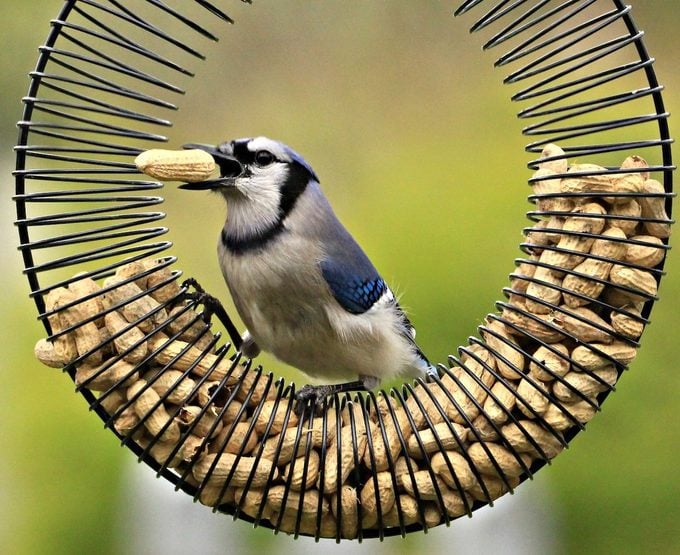
Smartest Birds: Planning and Memorizing
Some birds, especially woodpeckers and jays, hoard nuts for later feeding. The collecting and caching of food an example of planning for the future. The birds’ ability to find their hidden treasure later on demonstrates impressive long-term memory. Similarly, fruit eaters such as robins and cedar waxwings remember where specific trees are and when they will fruit. Hummingbirds recall which individual plants in their habitat are rich with nectar and will return each year to those very flowers, trees or bushes.
Discover 17 jaw-dropping facts about hummingbirds.
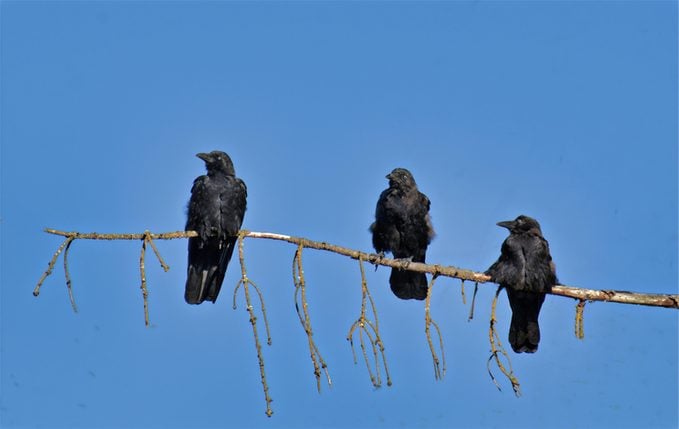
Smartest Birds: Working Together
Smart birds work cooperatively and understand the concepts of mutual benefit and the greater good. Harris’s hawks of the Southwest hunt in family packs similar to those of wolves or lions, working together to flush and ambush prey. Wild turkeys line up wing to wing and walk across fields. They know they can flush more insects in that formation than if they scattered or walked single file. Crows live in highly structured family groups comprising several generations. They readily team up to mob predators, knowing there is strength in numbers.
The smartest bird species are even wise enough to transcend species barriers. Chickadees and nuthatches, for example, have been observed responding to each other’s predator warning calls, in a kind of predator-alert symbiosis.
Check out 15 common backyard birds you should know.
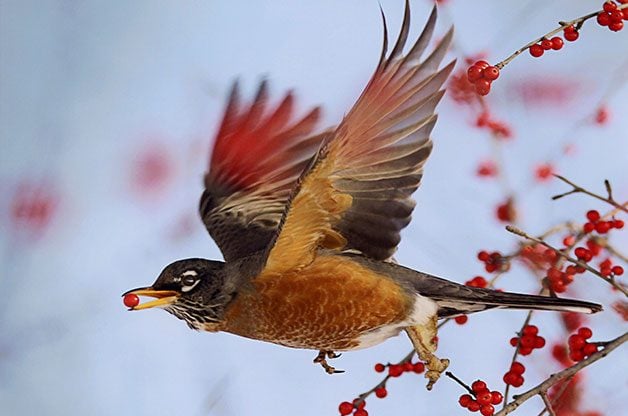
Smartest Birds: Recognizing Faces
Many birds bravely defend their nests, attacking potential predators to drive them away, but this defensive behavior is typically indiscriminate. Any perceived threat is mobbed or dive-bombed. Yet a recent study of northern mockingbirds documented that they not only recognize individuals of a potentially dangerous species but remember an individual’s past behavior and single him or her out for attack. Researchers determined this by asking a series of people to approach a mockingbird nest. One particular person approached the nest several times. The birds learned to recognize this individual and could actually pick him out of a crowd. They marked him as a threat and pre-emptively attacked him, while ignoring others who randomly walked by the nest.
This behavior has been reported anecdotally in other species as well, including robins. Further research could well reveal that still other kinds of birds have this ability to recognize not just a threatening species but a particular human or other potential predator—undeniably a sign of sophisticated intelligence.
Does your birth month bird match your personality?
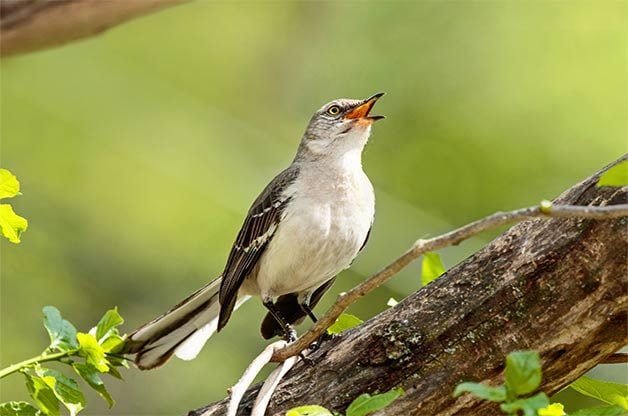
Smartest Birds: Mimics
Speaking of mockingbirds, they’re astonishing in their ability to learn and mimic foreign noises. They get their name, of course, from the ease with which they can deliver the songs of shrikes, blackbirds, orioles, killdeer, jays, hawks and even frogs. Other smart birds are almost as versatile. Steller’s jays mimic many wild birds, as well as chickens, squirrels, cats and dogs. Blue jays expertly imitate red-shouldered hawks. European starlings (which, despite their name, are widespread in North America) learn and repeat the songs of eastern wood pewee, killdeer, meadowlarks and many others. They even mimic cellphone ring tones and other urban noises. In captivity, the exceptionally intelligent raven has been taught to mimic human words. Move over, Polly!
Learn more about bird mimics and mimicry.
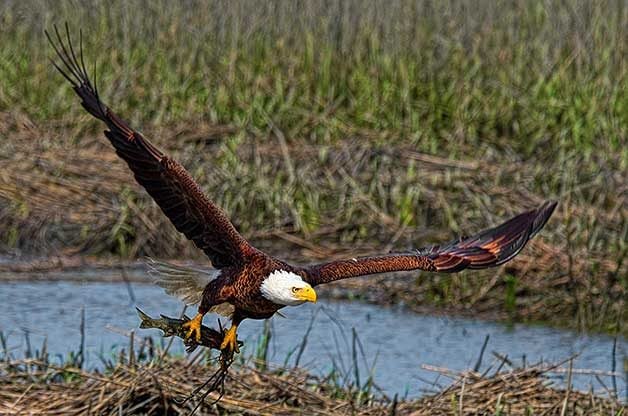
Smartest Birds: Solving Problems
Some smart birds are savvy enough to use trial and error to adapt to new situations. Bald eagles have been seen swimming across the surface of the water, dragging prey behind them, after attempts at holding on to the prize while in flight proved ineffectual. They’ll also crack ice with their strong beaks. Then they jump up and down on it, breaking through to expose open water for fishing.
And we know that the smartest bird species understand cause and effect. Gulls drop mollusks and crustaceans from high in the air, letting them crash on the rocks to crack their hard shells. Ravens often follow the sounds of hunters’ gunshots. They have learned that such noises mean the possibility of scavenging the remains of the game after field dressing.
What types of birds mate for life?
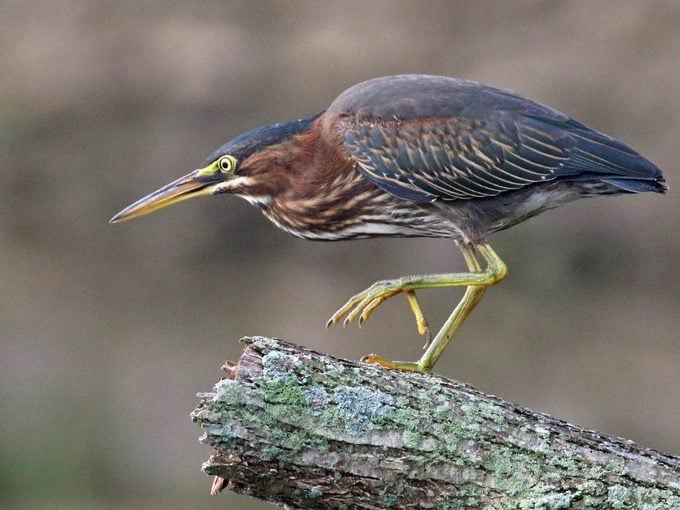
Smartest Birds: Using Tools
Tool use was once believed to be exclusive to humans—one of the things that set us apart from all other species. But study after study has shown that many other species use tools to survive. We take for granted that nest-building birds use twigs, plant fibers, hair, spiderwebs, lichen, mud and even plastic to build nests – definite tool use. Other even more astounding examples have come to light, though, showing how much smarter birds are than previously thought.
Predatory shrikes, lacking the strong talons of raptors to grip their prey while feeding, use thorns or even barbed wire to impale their victims for easier eating. Gila woodpeckers use bits of bark for scooping up honey to bring back to their young. Green herons have been observed fishing with bits of bread that people have tossed out for ducks. They use the bait to lure small fish to the surface, where they are easily caught. And one of the oldest and most whimsical stories of a bird using a tool is the Aesop fable “The Crow and the Pitcher.” In the tale, the crow drops pebbles into a pitcher of water, raising the level of the liquid so it can take a drink. Animal behaviorists have confirmed that this trick wouldn’t be beyond the capacity of an intelligent crow.
Next, check out the top 10 cutest birds in America.
